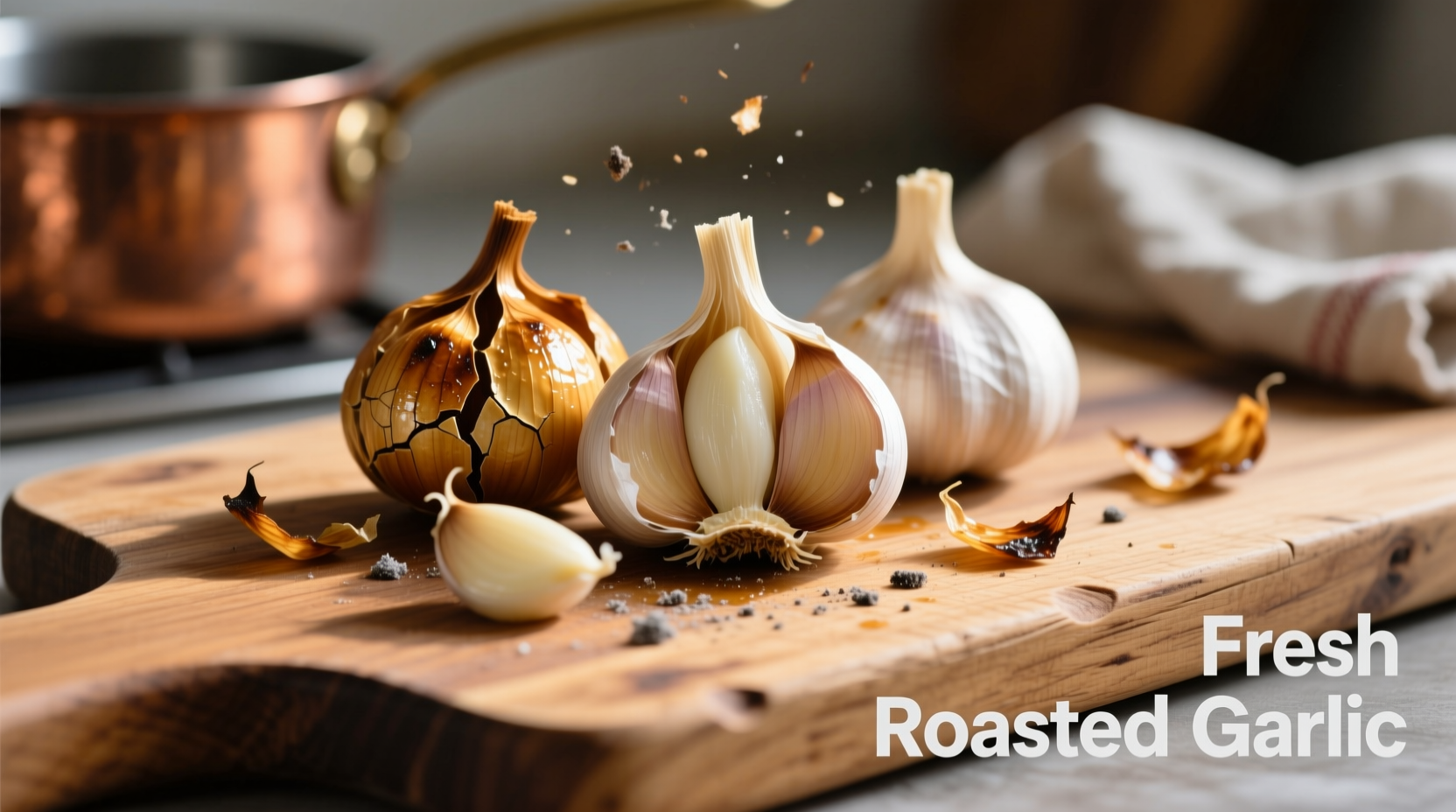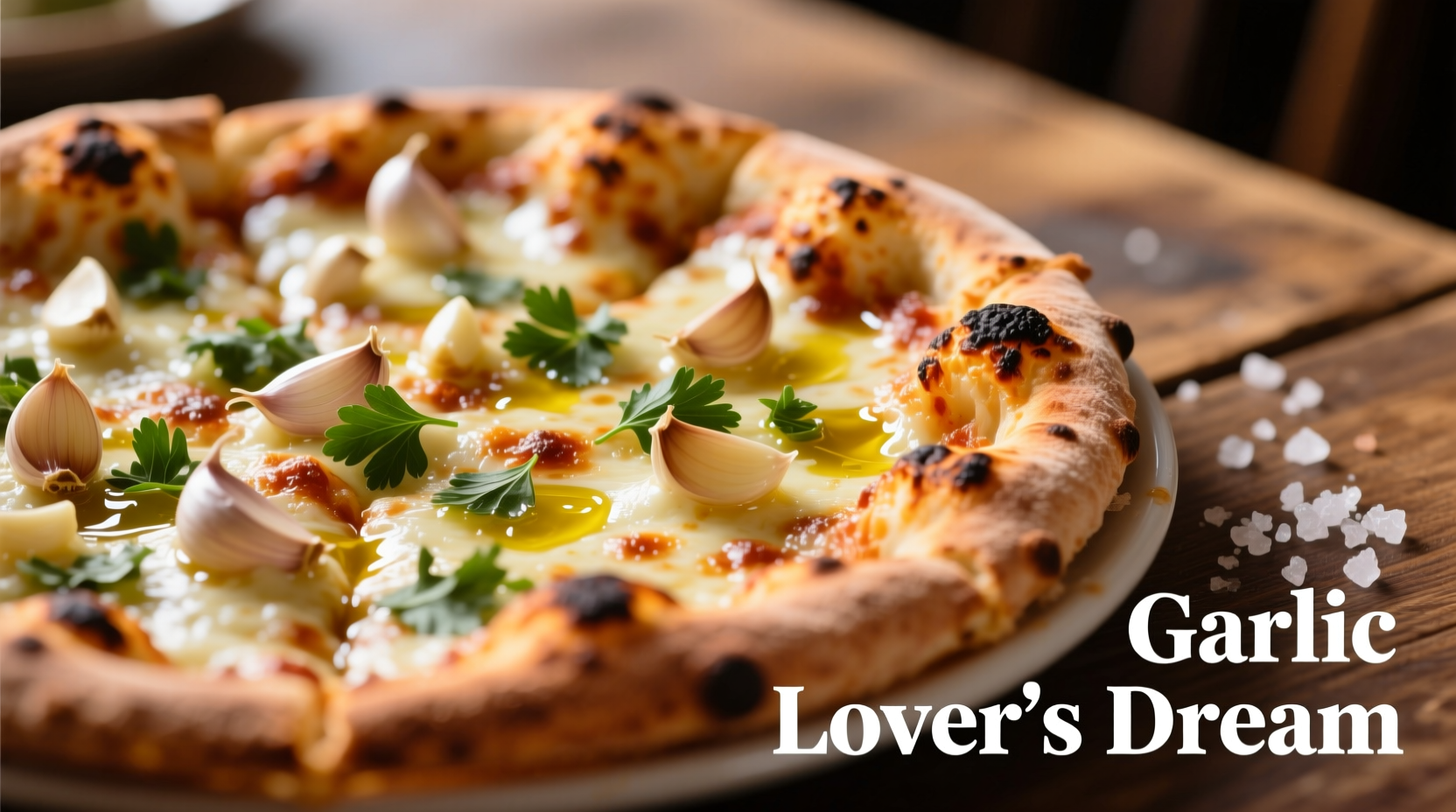The Timeless Appeal of Garlic Pizza
Garlic pizza, known as pizza al taglio or pizza bianca in Italy, represents one of the most authentic expressions of Roman street food culture. Unlike its tomato-sauce counterparts, this minimalist preparation showcases how quality ingredients and precise technique create extraordinary flavor from simplicity. Professional pizzaiolos understand that the difference between an ordinary and exceptional garlic pizza lies in garlic preparation method, oil quality, and timing.
| Garlic Preparation Method | Flavor Profile | Best Application | Preparation Time |
|---|---|---|---|
| Raw minced garlic | Sharp, pungent, intense | Finishing touch after baking | Immediate |
| Roasted garlic | Sweet, mellow, nutty | Spread on dough before baking | 40 minutes |
| Garlic-infused oil | Subtle, aromatic, balanced | Base layer before toppings | 20 minutes |
| Sautéed garlic | Rich, caramelized, complex | Mixed with other toppings | 8-10 minutes |
From Ancient Streets to Modern Kitchens: Garlic Pizza Evolution
Garlic pizza's journey began centuries ago when Roman bakers created pizza bianca as affordable sustenance for workers. Historical records from 16th century Rome document street vendors selling flatbreads brushed with garlic-infused oil. The modern version evolved in post-WWII Rome when bakeries started offering pizza al taglio (pizza by the slice) to accommodate changing urban lifestyles.
According to culinary historians at the University of Bologna's Department of Food Science, the traditional Roman preparation strictly uses only four ingredients: high-quality bread flour, sea salt, extra virgin olive oil, and fresh garlic. Their research confirms that authentic Roman garlic pizza never includes tomato sauce or mozzarella, distinguishing it from Neapolitan styles (University of Bologna Food Science Department, 2023).

Mastering the Perfect Garlic Pizza: Step-by-Step
Creating exceptional garlic pizza requires understanding critical technique windows. Professional chefs follow these precise steps:
Dough Preparation Essentials
Use a high-hydration dough (65-70%) with a minimum 24-hour cold fermentation. This extended fermentation develops complex flavors while creating the ideal airy yet sturdy structure needed to support garlic toppings without becoming soggy. Measure ingredients by weight, not volume, for consistent results.
Garlic Timing Matters Most
The single most crucial factor determining your garlic pizza's success is when you apply the garlic:
- Before baking: Use roasted garlic or garlic-infused oil for deep flavor integration
- During baking: Add thinly sliced raw garlic at the 5-minute mark for balanced cooking
- After baking: Finish with minced raw garlic and fresh herbs for aromatic punch
Context-Specific Application Guidelines
Garlic pizza performs differently depending on your cooking equipment and ingredient quality:
- Home ovens: Best with garlic-infused oil base to prevent burning (most home ovens don't reach authentic pizza temperatures)
- Pizza stones/steels: Allows for raw garlic application during baking for more complex flavor development
- Wood-fired ovens: Enables traditional Roman preparation with raw garlic added before baking
- Lower quality olive oil: Requires reduced garlic quantity to avoid flavor imbalance
Regional Variations Worth Exploring
While Roman-style garlic pizza remains the gold standard, regional Italian variations offer interesting alternatives:
- Sicilian aglio e olio pizza: Features extra virgin olive oil infused with whole garlic cloves and red pepper flakes
- Tuscan schiacciata al rosmarino e aglio: Combines garlic with fresh rosemary in a focaccia-style preparation
- Naples-style pizza alla pizzaiola: Includes garlic in the tomato sauce rather than as primary topping
Avoiding Common Garlic Pizza Mistakes
Even experienced home cooks frequently make these critical errors:
- Using pre-minced garlic: Contains preservatives that create bitter flavors when heated
- Adding all garlic before baking: Causes burning and unpleasant bitterness
- Overloading with garlic: More isn't better - 2-3 cloves per standard pizza provides optimal flavor
- Using low-quality olive oil: Masks garlic's delicate flavor profile
Serving Suggestions for Maximum Enjoyment
For authentic Roman experience, serve garlic pizza at room temperature, torn by hand rather than sliced. Pair with a simple arugula salad dressed with lemon juice and additional olive oil. The ideal consumption window is within 90 minutes of preparation - garlic pizza doesn't reheat well as the garlic flavor intensifies unpleasantly.











 浙公网安备
33010002000092号
浙公网安备
33010002000092号 浙B2-20120091-4
浙B2-20120091-4